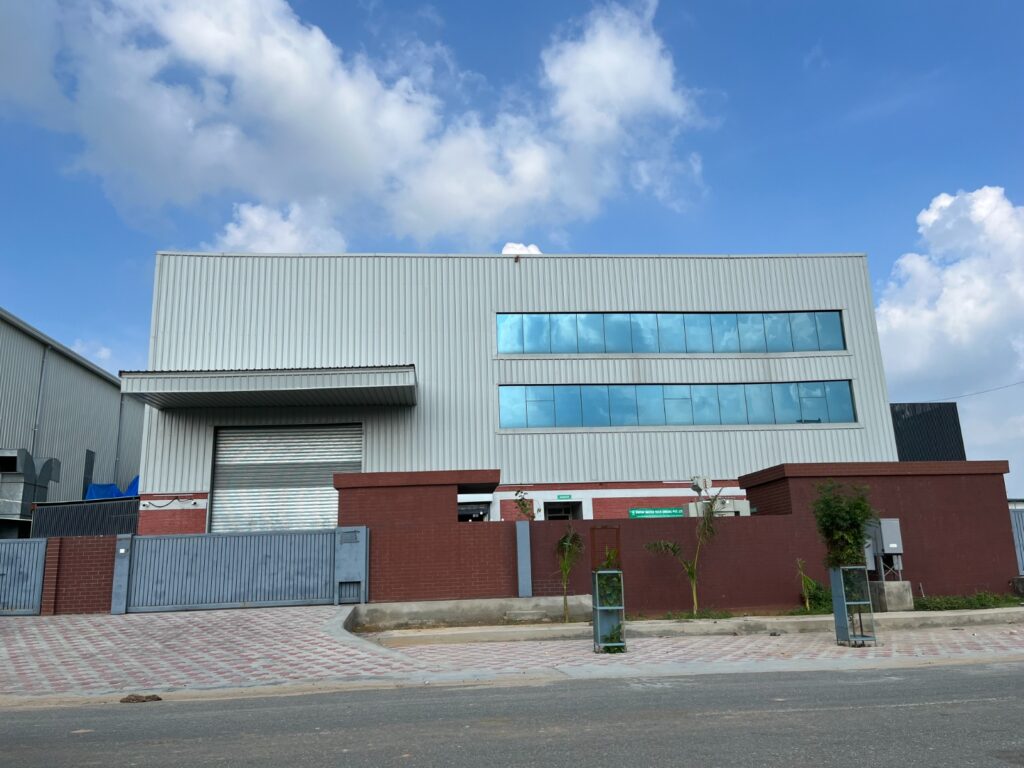Urban Water Treatment
Water and wastewater treatment in urban areas plays a vital role in ensuring a safe and sustainable water supply for the population. Urban areas face unique challenges due to high population density, industrial activities, and the need to manage large volumes of wastewater.
Here are the key aspects of water and wastewater treatment in urban areas and some technologies commonly used:
Water Treatment in Urban Areas:
- Surface Water Treatment: Many urban areas rely on surface water sources such as rivers, lakes, or reservoirs for their water supply. Surface water treatment plants use processes such as coagulation, flocculation, sedimentation, filtration, and disinfection to remove suspended particles, pathogens, and contaminants from the raw water.
- Groundwater Treatment: In urban areas where groundwater is the primary source of water, treatment processes may include aeration, oxidation, filtration, and disinfection. These processes address issues such as iron, manganese, and dissolved organic matter that can be present in groundwater.
- Advanced Treatment Technologies: In some urban areas, advanced treatment technologies like membrane filtration (such as reverse osmosis or nanofiltration), activated carbon adsorption, or advanced oxidation processes (AOPs) may be employed to address specific water quality challenges. These technologies can effectively remove dissolved contaminants, trace pollutants, and emerging contaminants from the water.
- Water Reuse and Recycled Water: Urban areas often explore water reuse options to mitigate water scarcity. Advanced treatment processes such as advanced filtration, disinfection, and membrane technologies can be utilized to treat wastewater for non-potable applications like irrigation, industrial uses, or groundwater recharge.
Wastewater Treatment in Urban Areas:
- Primary Treatment: Urban wastewater treatment begins with primary treatment, which involves physical processes such as screening, sedimentation, and grit removal. These processes help separate solid materials, oils, and large debris from the wastewater.
- Secondary Treatment: Secondary treatment focuses on biological processes to remove dissolved and suspended organic matter. Common methods include activated sludge systems, extended aeration, sequencing batch reactors (SBRs), or fixed-film systems like trickling filters or rotating biological contactors. Microorganisms are utilized to break down organic matter and nutrients in the wastewater.
- Tertiary Treatment: Tertiary treatment is employed when additional removal of specific pollutants or higher levels of treatment are required. Processes such as filtration (sand, microfiltration, or multimedia filters), disinfection (chlorination, UV disinfection, or ozone), and nutrient removal (biological or chemical) are employed to achieve higher water quality standards.
- Sludge Treatment: The treatment of sludge generated during wastewater treatment is an important aspect. Sludge undergoes processes such as thickening, digestion, dewatering, and potentially further treatment to reduce its volume and make it suitable for disposal or beneficial reuse as biosolids.
- Advanced Treatment Technologies: In some urban areas, advanced wastewater treatment technologies like membrane bioreactors (MBRs), moving bed bioreactors (MBBRs), or advanced oxidation processes (AOPs) may be employed to achieve enhanced treatment efficiency or address specific wastewater characteristics.
It’s important to note that the specific water and wastewater treatment technologies implemented in urban areas can vary depending on factors such as the local water sources, population size, regulatory requirements, and infrastructure availability. Integrated management approaches and ongoing monitoring and maintenance are crucial to ensuring effective water and wastewater treatment in urban areas.

